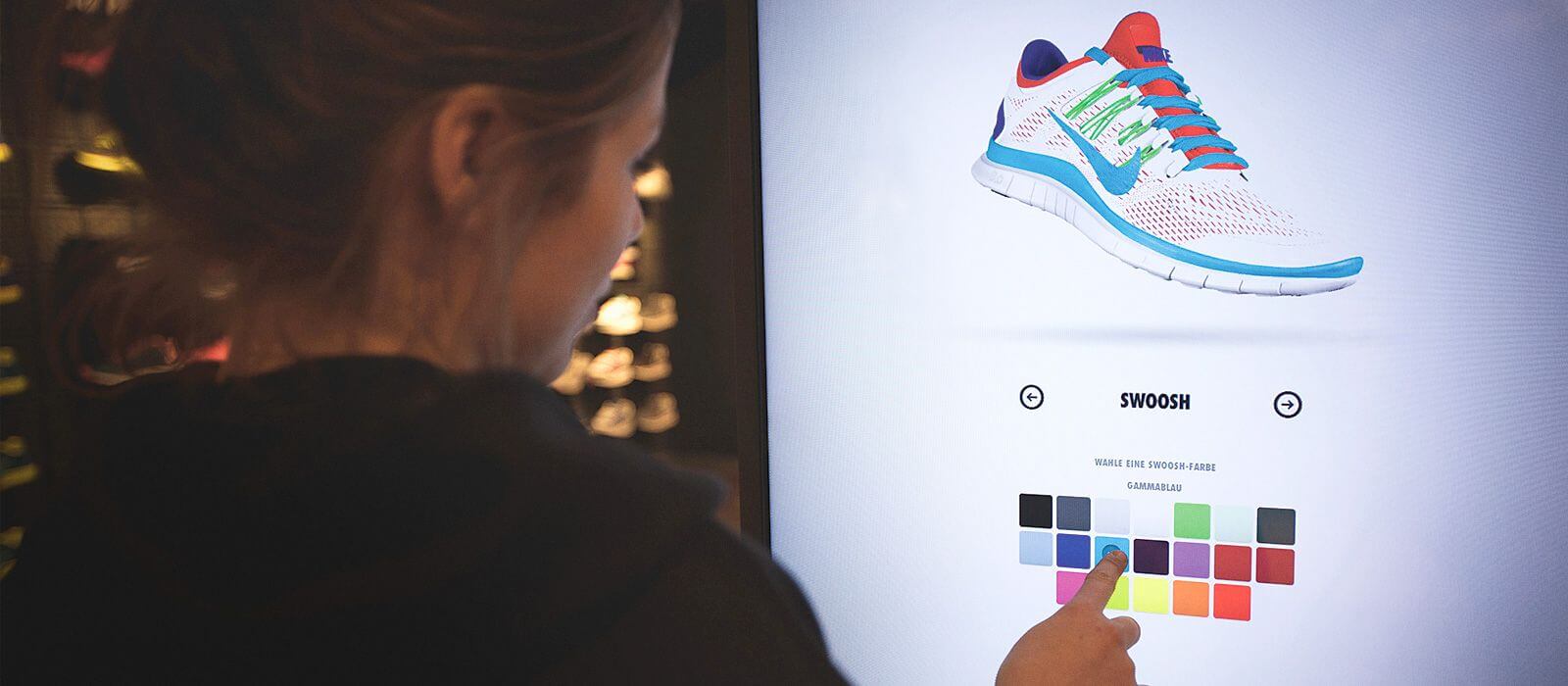
17 Apr The thruth behind enabling mass customization business models
Let’s give people what they want (or they don’t know they want yet).
I often stumbled over an interesting and valuable Harvard Business Review article about the potential of mass customization from 1997 (!) and it is still so relevant. Today the consumer demand for a more personalized product and service experience is higher than ever before but most organizations are not able to give people what they want (or what they don’t know they want yet). Over the last decades large brands and companies were not able to unlock the full potential of mass customization. The complexity of customized products as well as the direct to consumer business challenges are main barriers. This is my field of play and my profession as an entrepreneur and digital consultant: Enabling mass customization.
Over the last years we have brought to life a concept which enables companies and brands to add a scalable mass customization dimension to their running business models, without harming profitability and being forced to take too much risks in investing in frontend technologies as well as stepping into their, in most cases, highly efficient industrial production processes. For the first vertical we have chosen one of the most complex products: helmets. In my opinion mass customization today, 22 years later, has to be considered more than ever before as a relevant growth driver for many established e-commerce business models. There are some good reasons for it. E-commerce business is getting less and less profitable, challenged by big players and marketplaces like Amazon. It is way harder to come up with a profitable e-commerce business model due to an entirely changed customer expectation. Same day delivery and the lowest prices possible to name you two. Newly launched products cannot be market to a recommended retail price in many industries. Running a successful e-commerce business is cost intensive and a return on invest is coming in late in the game, if it ever does.
Especially for companies, who have already established a solid online business, growth potential areas are rare. Growing your e-commerce business indisputable means investing in the overall customer experience and performance-driven marketing. Investment drives growth but to what extend does this make sense for an organization? In many cases the e-commerce business is not the most profitable sales channel. Adding a mass customization business dimension (concepted and implemented the right way) can without any doubt represent the most profitable part of your e-commerce business.
Customers expectations are completely different: People are willing to wait for a customized product, this waiting time even adds value to the overall experience and allows to interact with customers during the process of production. Nobody will ever question a recommended retail price of a customized product. A study from Deloitte from 2015 shows that people are willing to pay a 20% up for a more personalized product. We know, from our own business with helmade, offering customized helmets, that this is still a pretty low number. Depending on the product itself, the value of the experience combined with the basic product price, you can easily charge up to 50% more for a customized product.
This business dimension can be highly profitable and, if handled right in production, scalable. I often compare it with the rise of e-commerce business in general: Many companies questioned if it makes sense and if they are able to build and operate a sustainable e-commerce business with a higher front- and backend complexity compared to brick and mortar retail. At that time, e-commerce fulfillment partners jumped on this business challenge and realized smart concepts which are allowing companies to ship pallets straight from their central warehouse or even directly from their production facilities to the fulfillment partner. All needed processes (frontend solutions like e-commerce shop-systems, performance marketing, warehousing, logistics, payment etc.) were handled by the fulfillment partner on behalf of the company, breaking down barriers to move into e-commerce.
I truly believe the fulfillment service concept has to be adapted for enabling companies and brands to move towards successful mass customization business models. We are on a mission to build this company based on our own experiences and running business model: helmade. There’s a reason that since that article in 1997 only very few true mass customization businesses of large brands are still existing. Offering people the possibility to customize a product leads to a certain level of complexity in all areas, from a consumer facing digital frontend experience to a separated production line as Nike is successfully handling all their NIKEiD orders. A key to success is to take-out complexity through-out the end to end process. Based on my own experiences working for large corporations, SMEs and my own start-up: This is a mission impossible for many. For others a business challenge to be solved.

